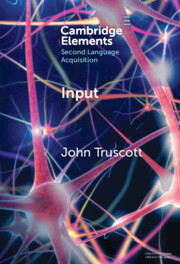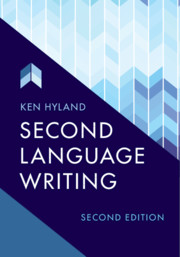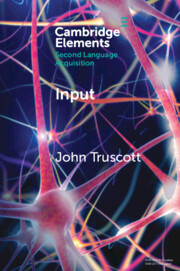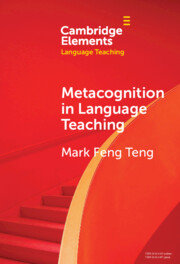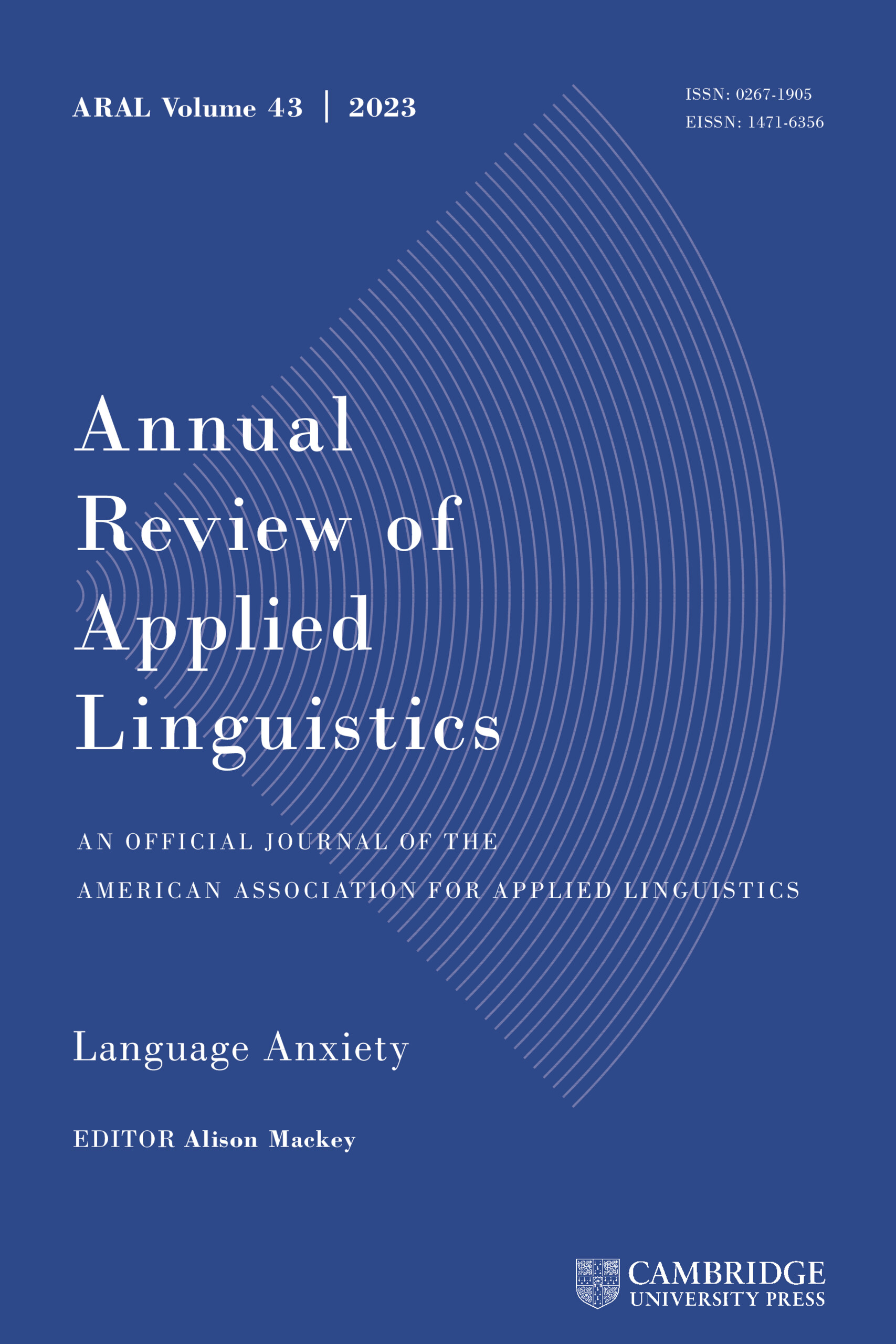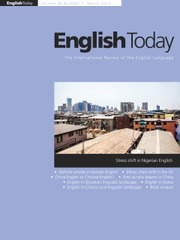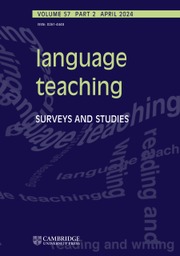Willingness to Communicate in a Second Language
This Element offers a review of advancements in willingness to communicate (WTC) in a second language (L2) over the past twenty-five years. It begins with the origin of the concept of WTC in first language (L1) communication research and the seminal and novel conceptualizations of WTC in the L2 context. This Element then categorizes six key perspectives that have informed WTC research: social psychological, cultural, dynamic, ecological, multimodal, and digital. By analyzing representative studies, it elucidates insights gained from these perspectives. The Element then discusses key factors associated with WTC, including individual attributes, situational factors, and outcome factors. This is followed by an overview of and critical commentary on methodological approaches in WTC research. Implications for enhancing L2 learners' WTC in in-class, out-of-class, and digital contexts are discussed. The Element concludes by proposing important venues for future WTC research. This title is also available as Open Access on Cambridge Core.
Product details
February 2025Paperback
9781009417860
78 pages
229 × 152 × 4 mm
0.127kg
Available
Table of Contents
- 1. Introduction
- 2. WTC in an L2: seminal and novel conceptualizations
- 3. Various perspectives on researching WTC
- 4. Key factors associated with WTC
- 5. Methodological approaches in WTC research
- 6. Implications for enhancing L2 learners' WTC
- 7. Future directions for WTC research
- References.


